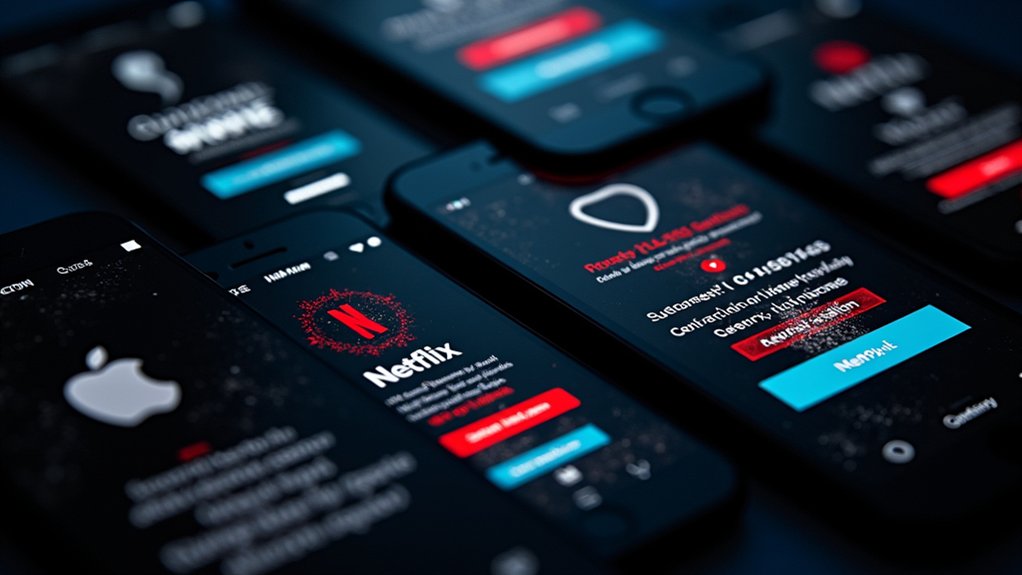A sophisticated voice phishing attack successfully compromised Cisco’s third-party customer relationship management system on July 24, 2025, exposing personal information of registered users through social engineering tactics rather than technical vulnerabilities.
The vishing attack, which blends voice communication with traditional phishing methods, targeted a single Cisco employee to gain unauthorized access to the cloud-based CRM platform. The threat actor initiated a deceptive phone call designed to manipulate the employee into providing credentials or system access.
This human-focused approach exploited trust in communications rather than targeting technical weaknesses in Cisco’s software infrastructure. The attack demonstrates the continuing effectiveness of social engineering methods, which accounted for approximately half of all initial access vectors observed in recent security trends. Security experts recommend implementing strict Access Control Lists to prevent unauthorized system access through social engineering attempts.
The breach affected one instance of an unnamed, popular cloud-based CRM product used by Cisco, potentially including platforms such as Salesforce, Zoho, HubSpot, or Microsoft Dynamics 365.
Compromised data included names, addresses, phone numbers, email addresses, organization names, Cisco user IDs, and account metadata belonging to Cisco.com registered users. Nevertheless, highly confidential customer data and passwords remained secure throughout the incident.
The breach exposed basic user information while protecting passwords and sensitive customer data from unauthorized access.
Cisco’s security team identified and responded to the breach immediately upon detection on July 24, 2025. The company terminated the attacker’s access to the CRM system and initiated notification procedures for data protection authorities and affected users according to regulatory requirements.
Ongoing investigations confirmed that no passwords or sensitive organizational data were compromised, and no evidence suggested broader system infiltration. This incident occurred amid heightened security concerns following the discovery of hardcoded credentials in Cisco’s Unified Communications Manager systems.
The incident reflects broader industry trends showing increased targeting of trusted cloud-managed services among large enterprises. Phishing attacks served as the primary initial access vector in approximately 50% of threat engagements during the first quarter of 2025.
Previous incidents, including the May 2025 Coca-Cola Europacific Partners breach involving a compromised Salesforce account, demonstrate adversaries’ focus on exploiting third-party cloud platforms.
Social engineering attacks like vishing present significant risks to user-managed cloud systems, even when technical security controls remain strong. The breach highlights the persistent vulnerability of human factors in cybersecurity, regardless of an organization’s technological sophistication. Security researchers noted that threat actors used MFA fatigue techniques to overwhelm the targeted employee with repeated authentication requests until they eventually approved the malicious access attempt.








